Door panels are a critical component of your door’s overall design and construction. The panel style is a detail that, when done right, elevates even a more basic design.
And if you’re ordering your door custom, you’ll need to understand these differences so that you can accurately check your CAD drawing.
Finally, knowing about the panel style also helps you understand the differing costs of door designs. So here’s your guide to the five most common types of door panels.
Background Info: Rail and Stile Joinery
The information in this article about panel styles is true regardless of who makes your doors, but the kinds of panels we offer depends on our specific construction method.
We make our doors the old fashioned way, which means we use solid wood, rail-and-stile design, and mortise and tenon joinery. Mortise and tenon joinery is an ancient technique requiring specialized skill and extreme precision—but the result is incredibly long-lasting. An heirloom quality door is one you won't have to replace.
So, what do the terms rail and stile refer to? A rail is horizontal, and a stile is vertical. Each panel is surrounded by two rails (above and below), and two stiles (right and left). These rail and stile pieces make up the framed structure of the door slab.
Flat Panel Doors

Flat panel doors feature a smooth panel surface. In our case, since all our panel doors are solid wood, these are typically made with pieces that are laminated together. As you can see from the image above, the panels are thinner than the framing pieces that surround them. Flat panels are a hallmark of traditional doors like our Shaker doors, and they are our most common panel style by far.
A flat panel can also be made or covered with speciality materials, like metal, chalkboard, or leather.

Raised Panel Doors

The classic choice for traditional homes, raised panel doors feature a contoured center panel framed by four rail-and-stile pieces. The panel is beveled with a groove and raised--sometimes raised all the way to be level with the framing pieces. You may see raised panels made with mitered joints (joints that meet at 45 degree angle) instead of square ones. This style works beautifully in colonial, craftsman, and Victorian homes.

Tongue and Groove Doors

Featuring vertical wooden planks fitted together with interlocking edges, tongue and groove panels create more texture. Each plank's "tongue" fits into the adjacent plank's "groove," creating a seamless appearance that allows for natural wood movement. This style is ideal for farmhouse, cabin, or rustic-themed homes.

Flush Tongue and Groove Panels

Flush panels are built to the same thickness as the framing pieces (rails and stiles). Flush tongue and groove panels read more modern or contemporary than flat or raised panels. They are more expensive to produce because they are thicker and therefore have more material.

Glass Panel and Mullion Doors

You can also have a door panel made of glass. It can either be similar in structure to the flat panel style as described above, or it can incorporate mullions. Mullions are narrow wood pieces used to frame smaller glass panels (also called ‘lights’ or ‘lites’).
Glass panel doors are excellent for creating a more open feeling with more natural light. But they can also preserve privacy with frosted or textured glass. Glass panel doors work for any architectural style, however they do tend to lean more modern overall. If you want a traditional option, then a French style door would be our recommendation.

Exterior glass panel doors have insulated glass, as shown in the drawing above. Insulated glass is technically two glass panels sandwiched together with air in between them. Interior doors often have a single glass panel. Leaded insulated glass is a leaded glass panel sandwiched between two outer layers of glass to protect it.
If you're ready to create a custom door featuring any of these panel styles, fill out our quick Custom Door Form to get a free, no-obligation quote. Or shop our collection of customizable entry door designs.

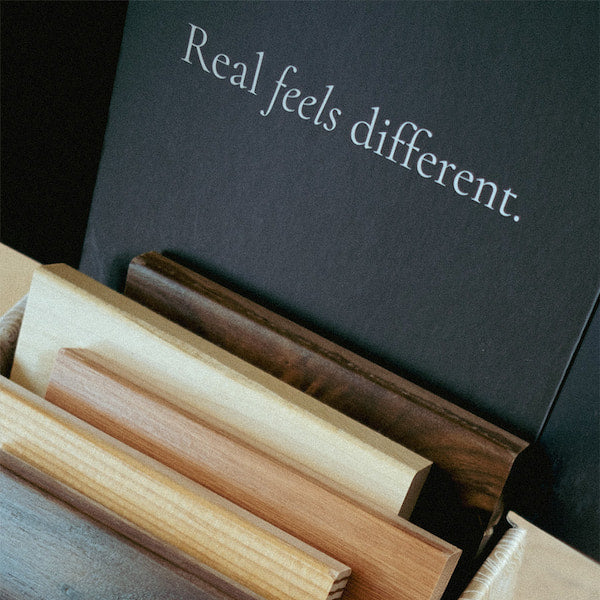
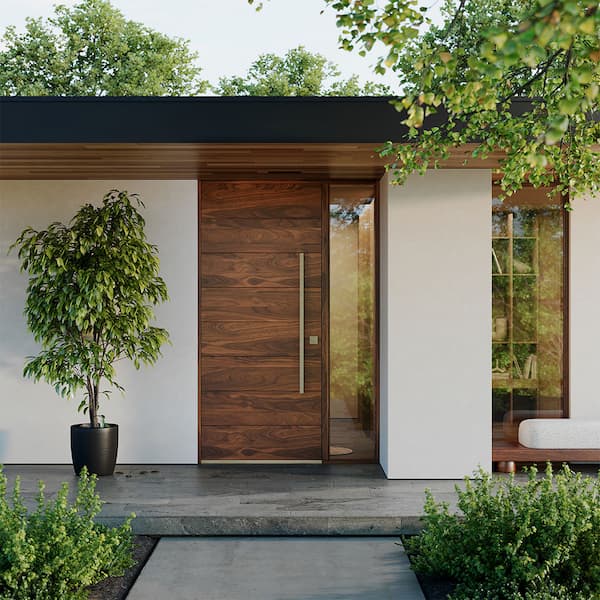


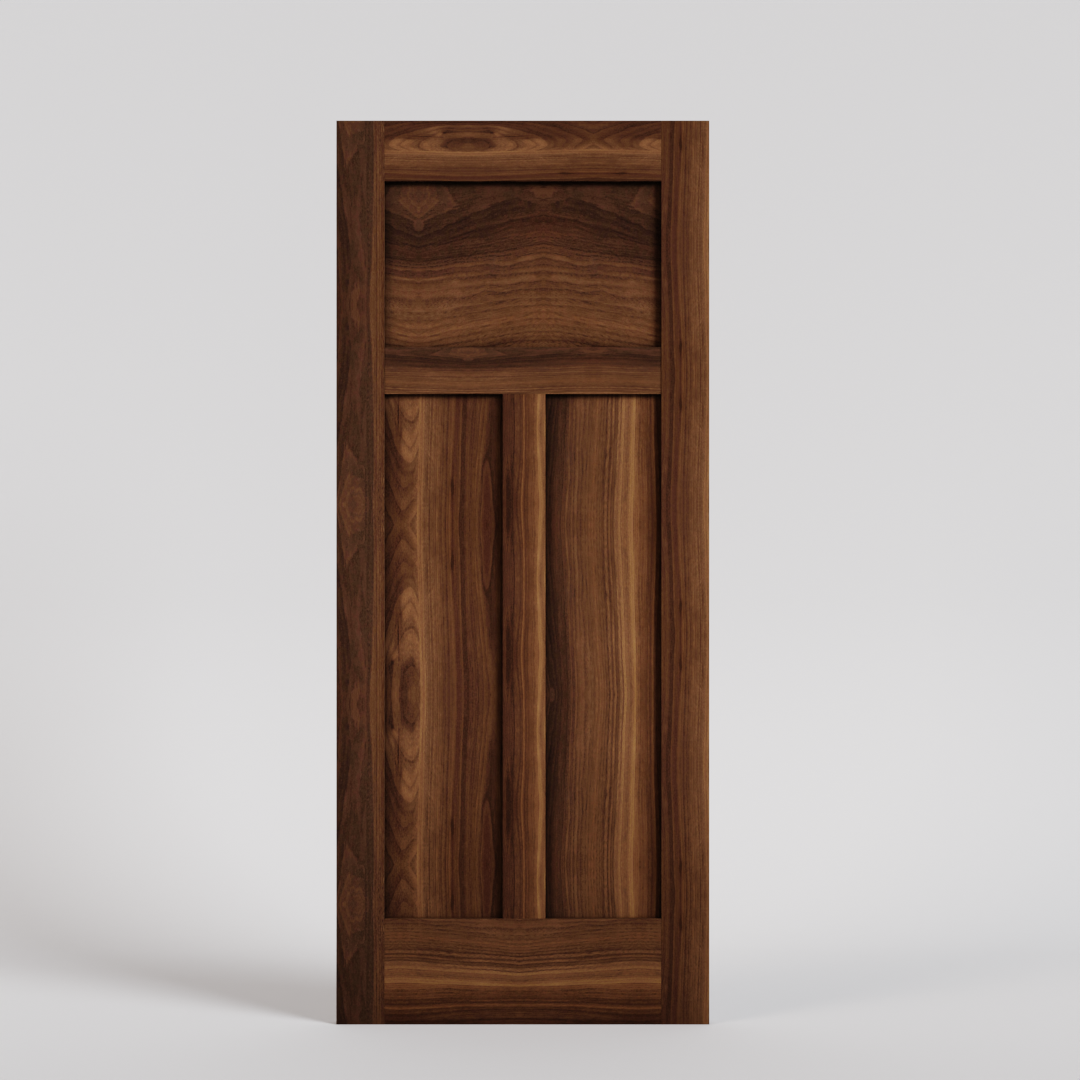
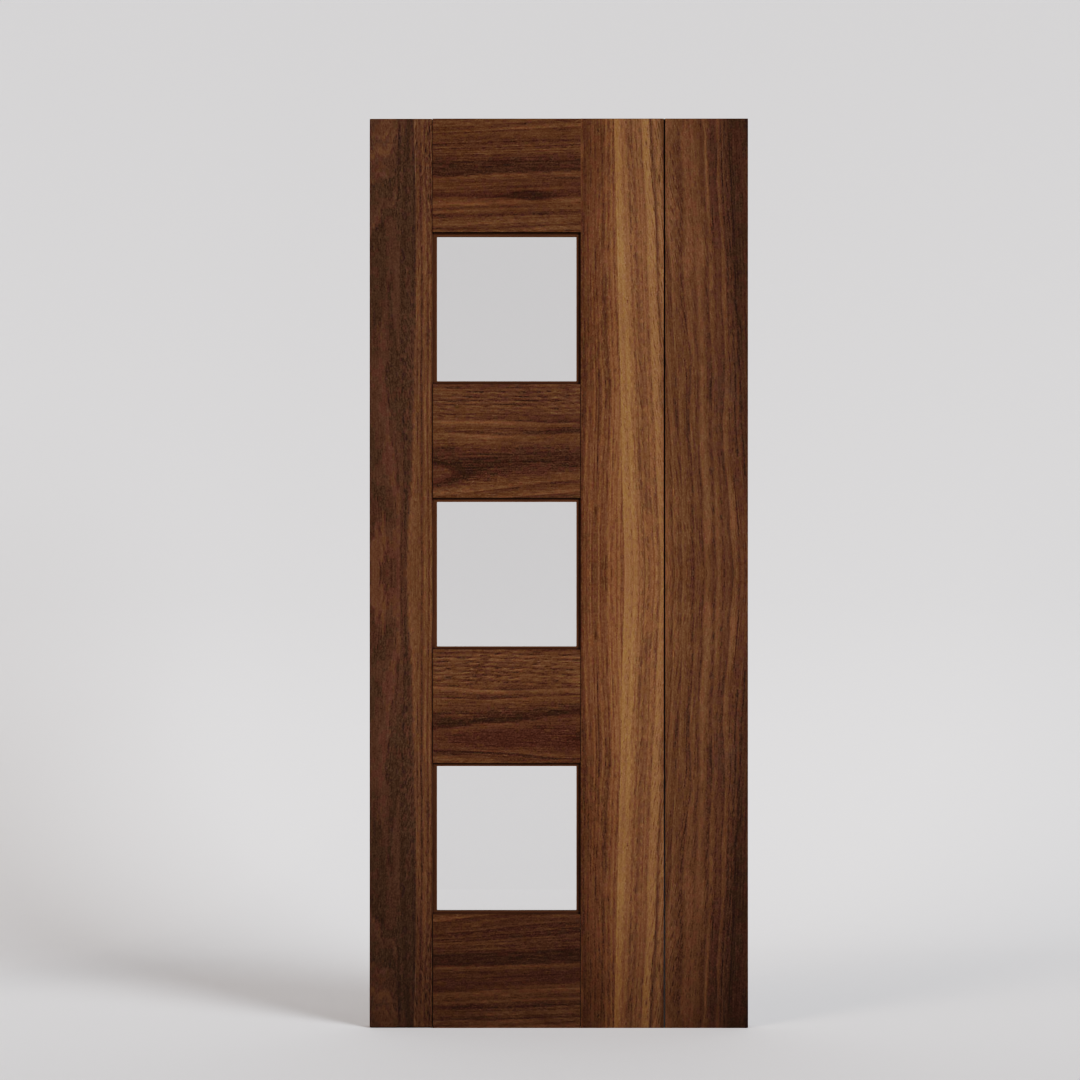
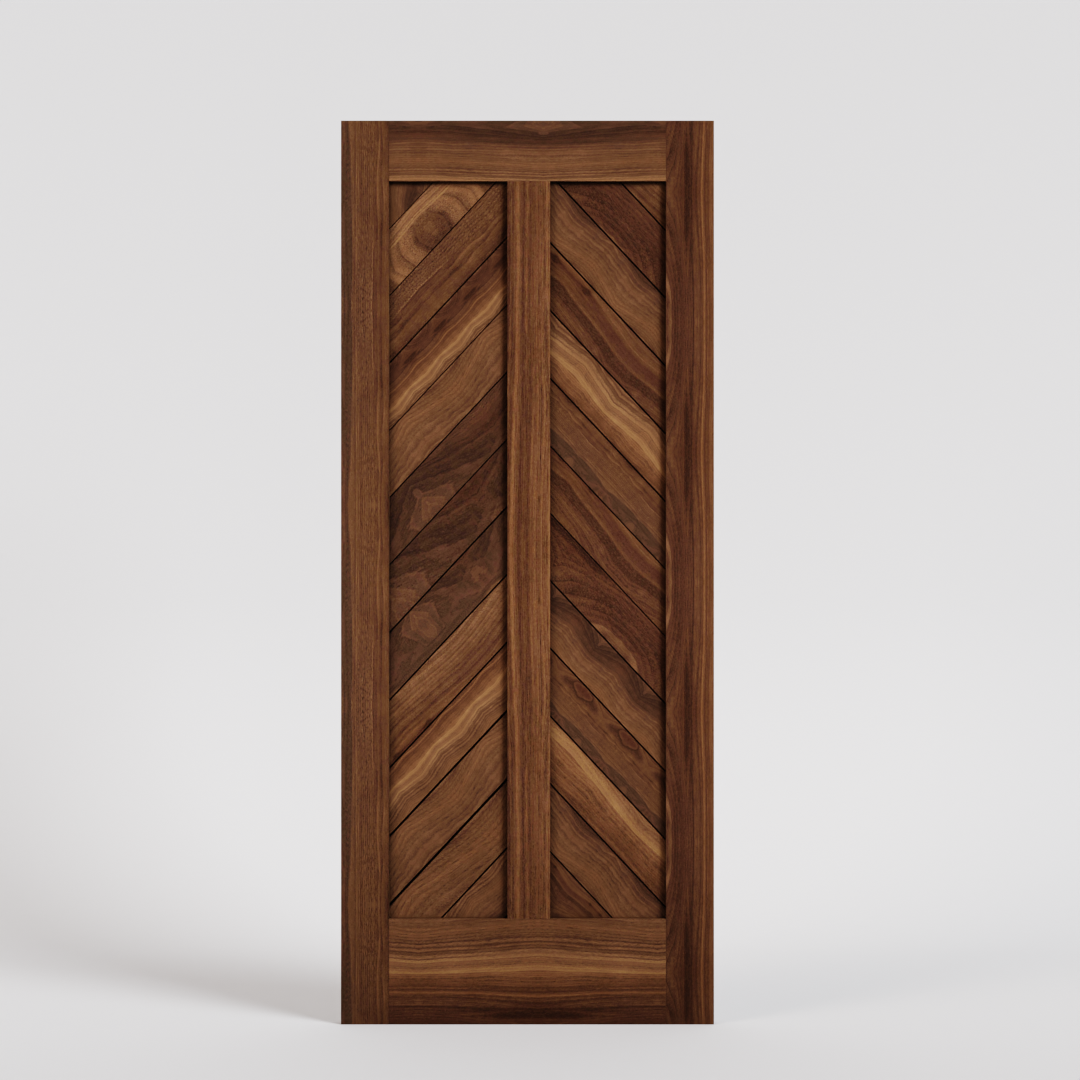
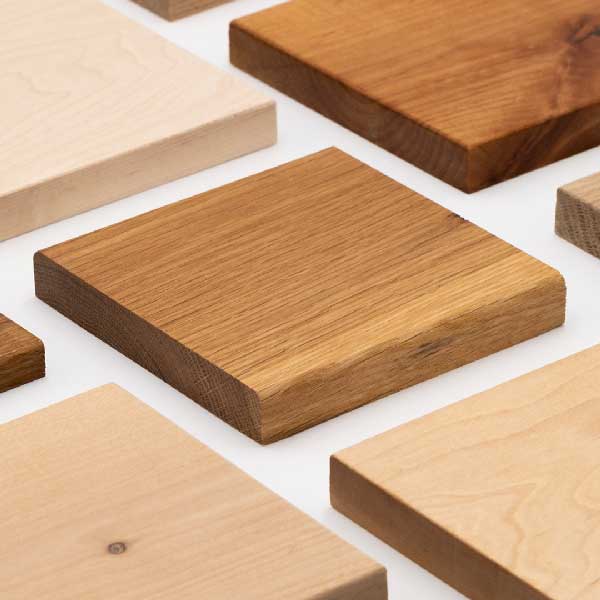

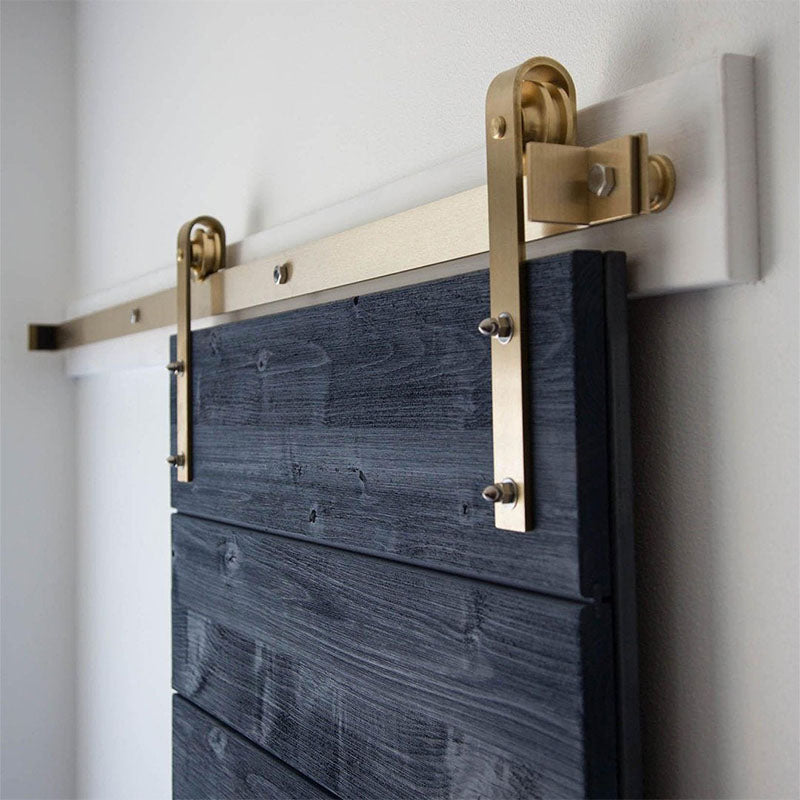
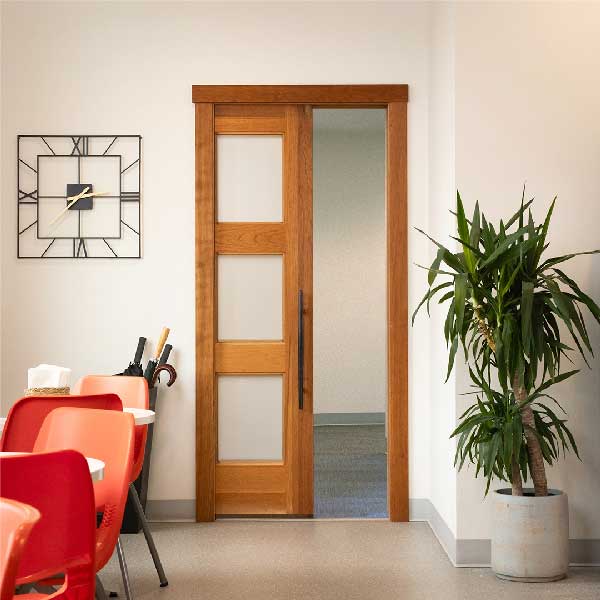
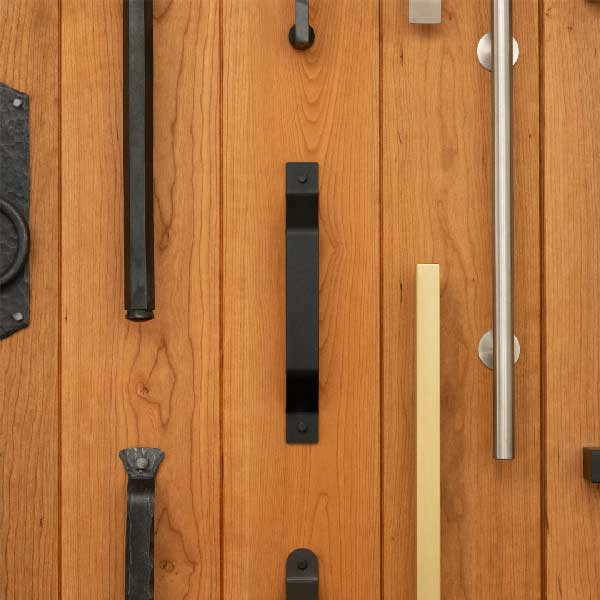
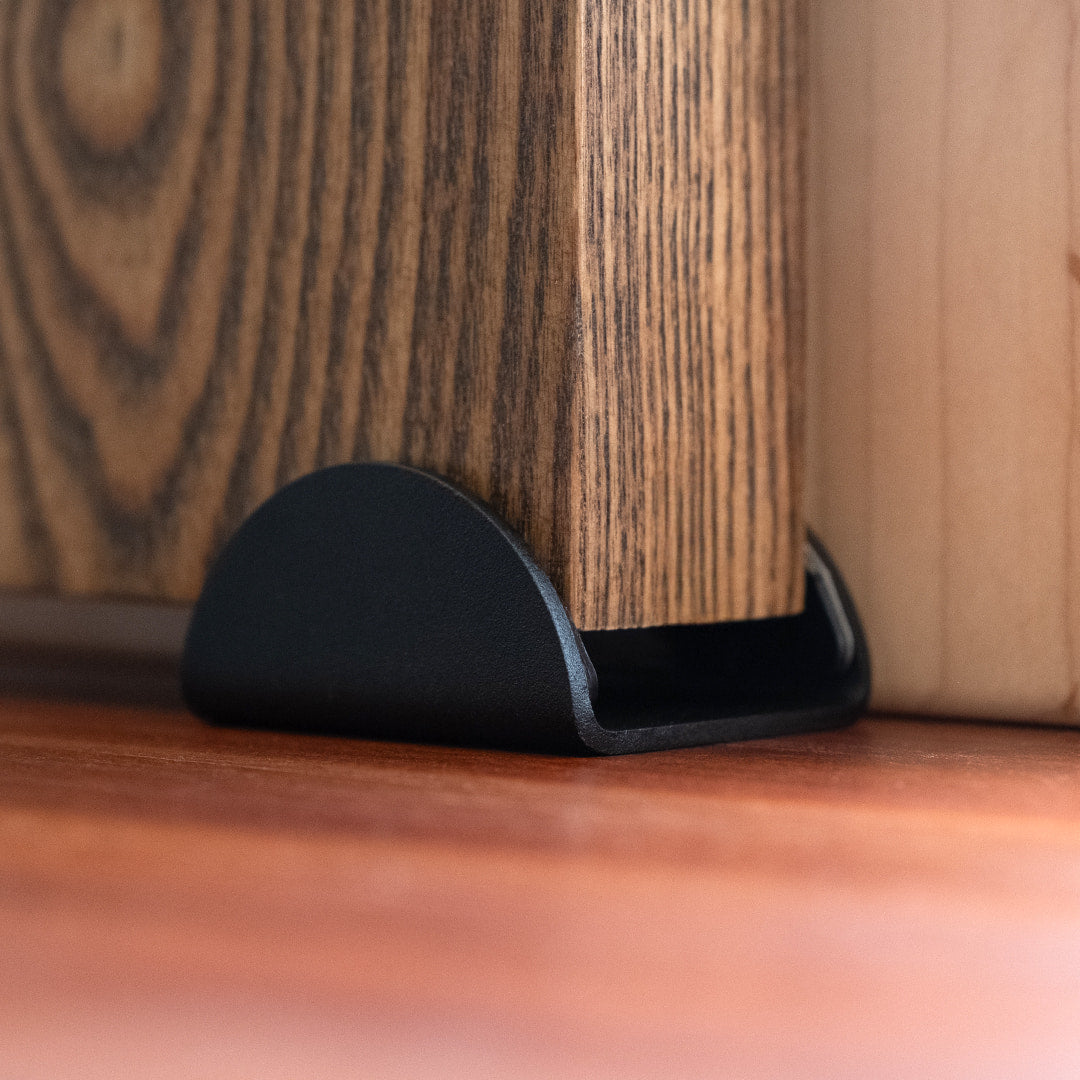
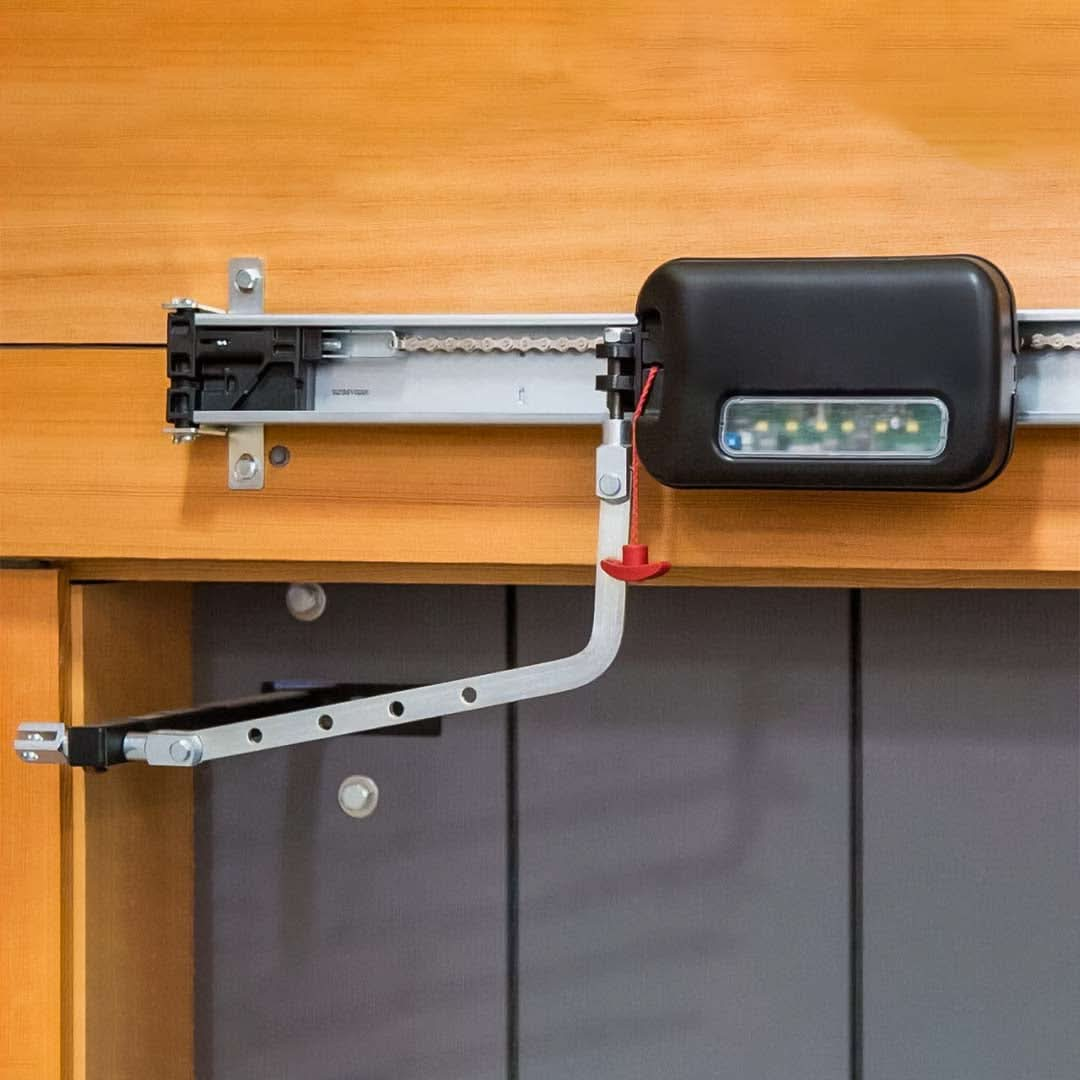





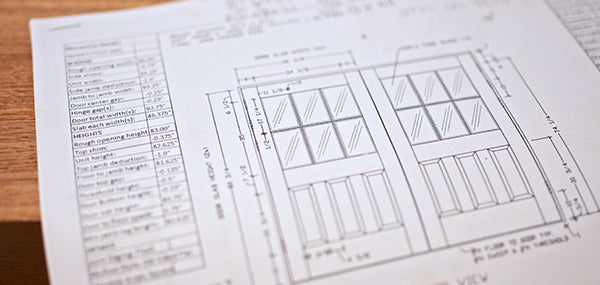
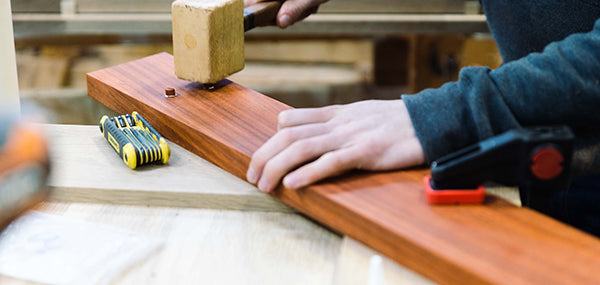

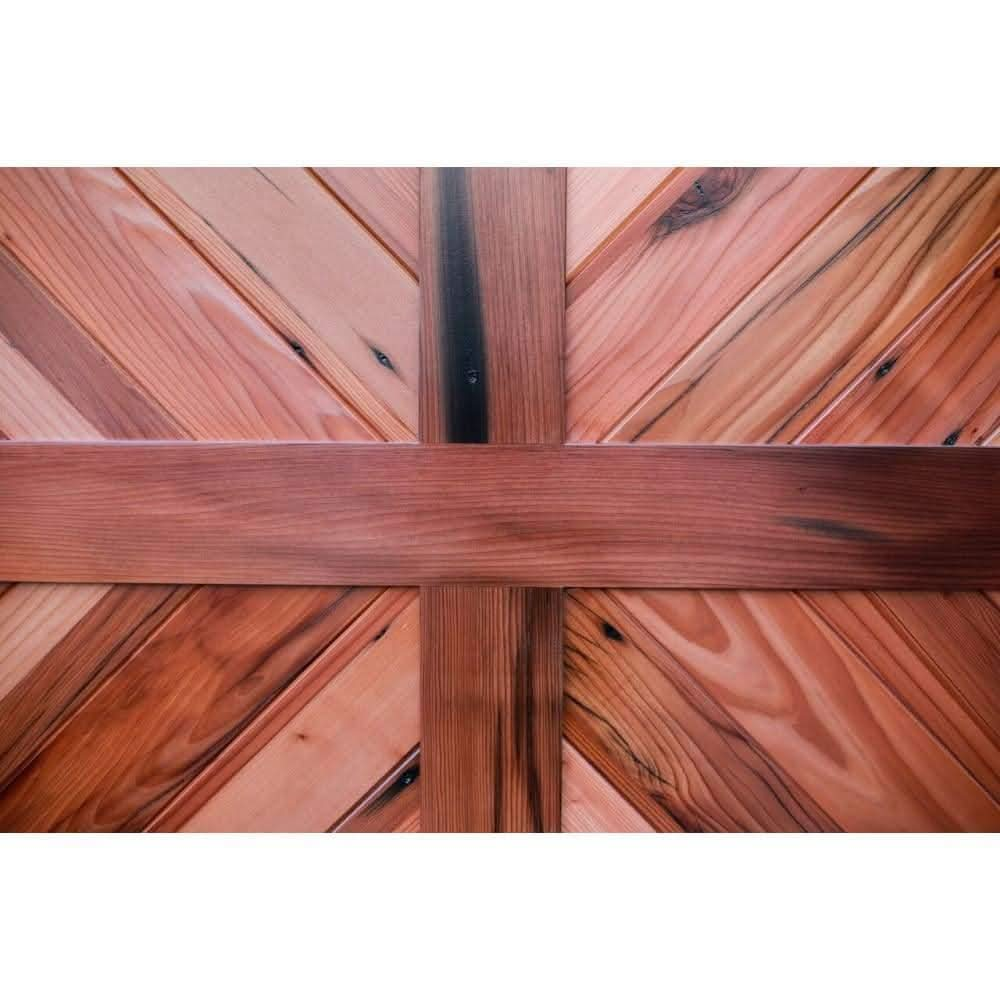
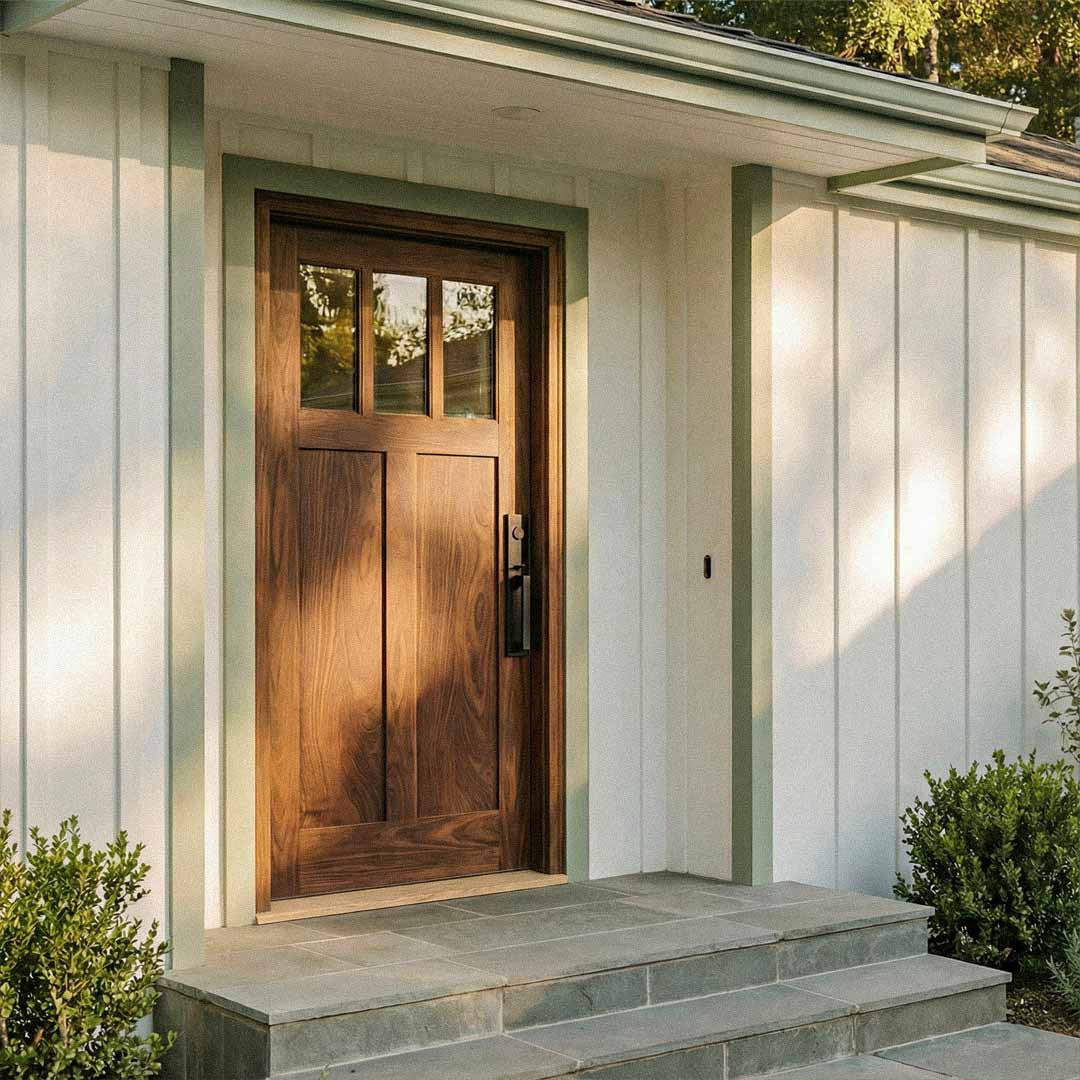
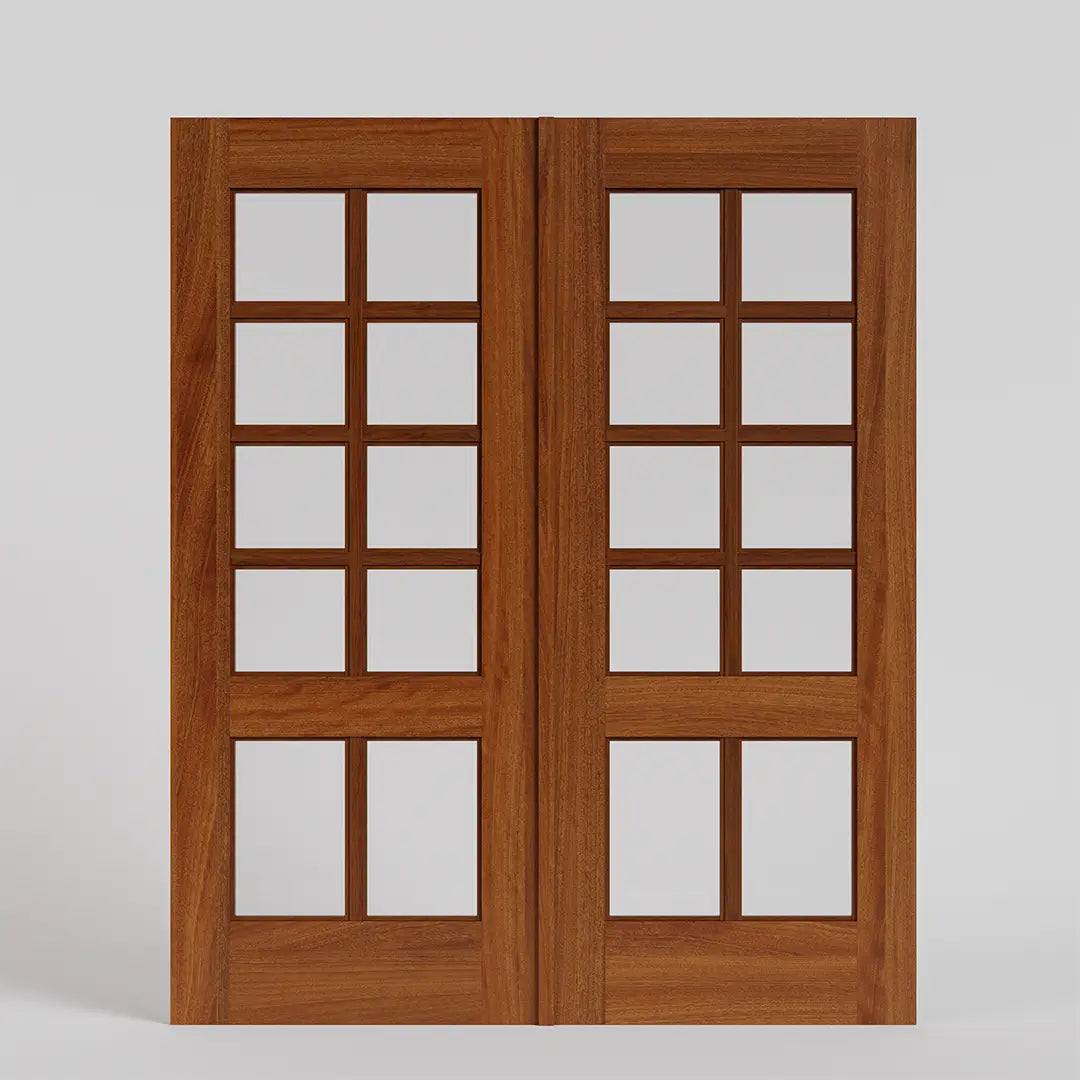
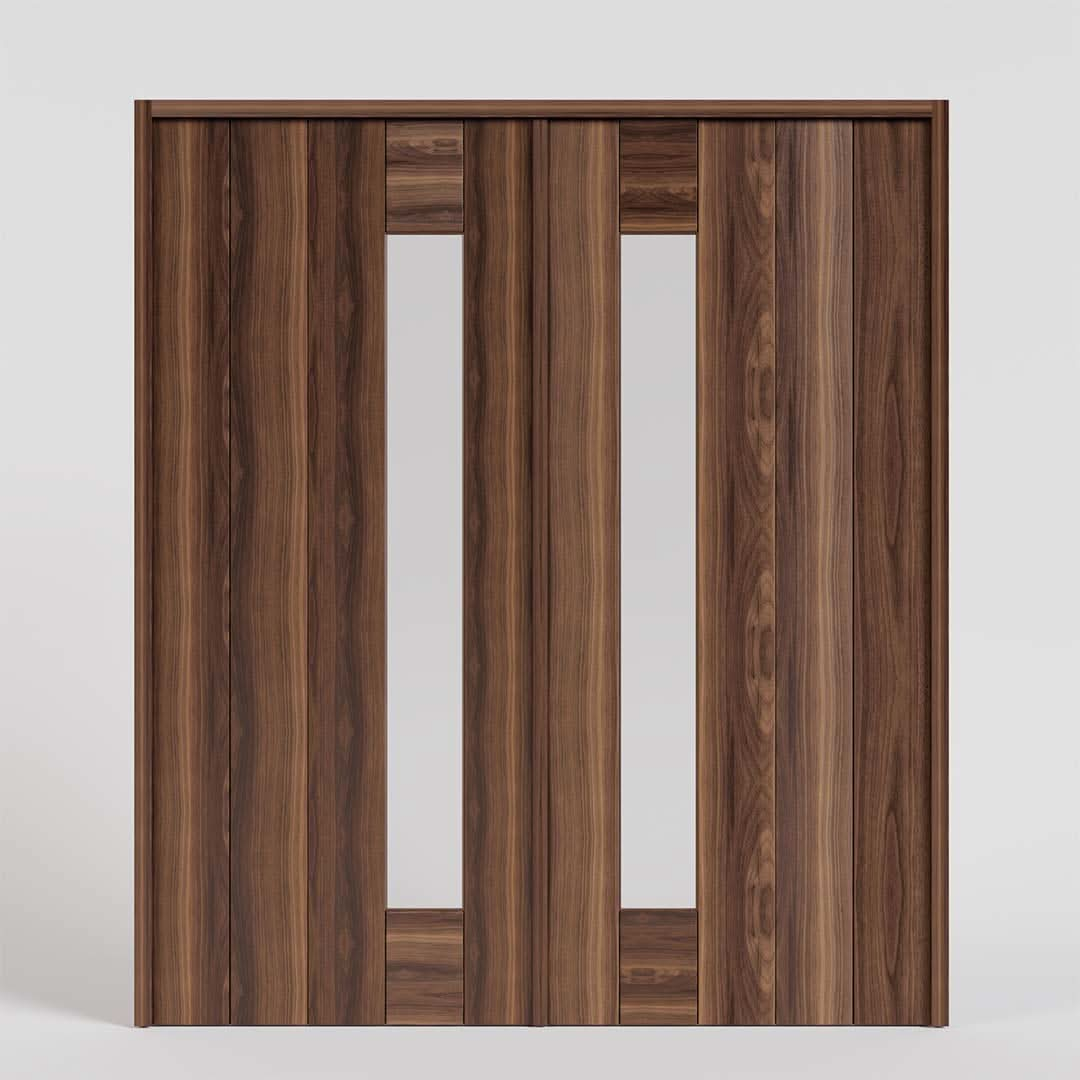
Leave a comment (all fields required)